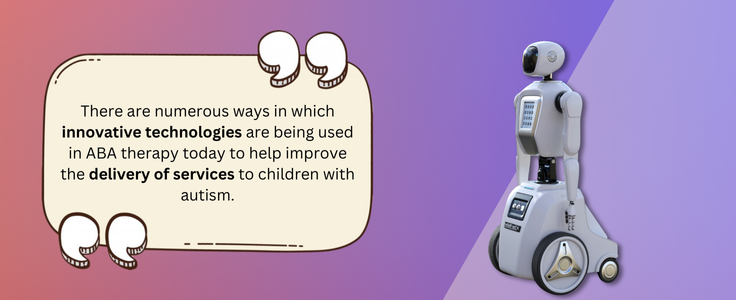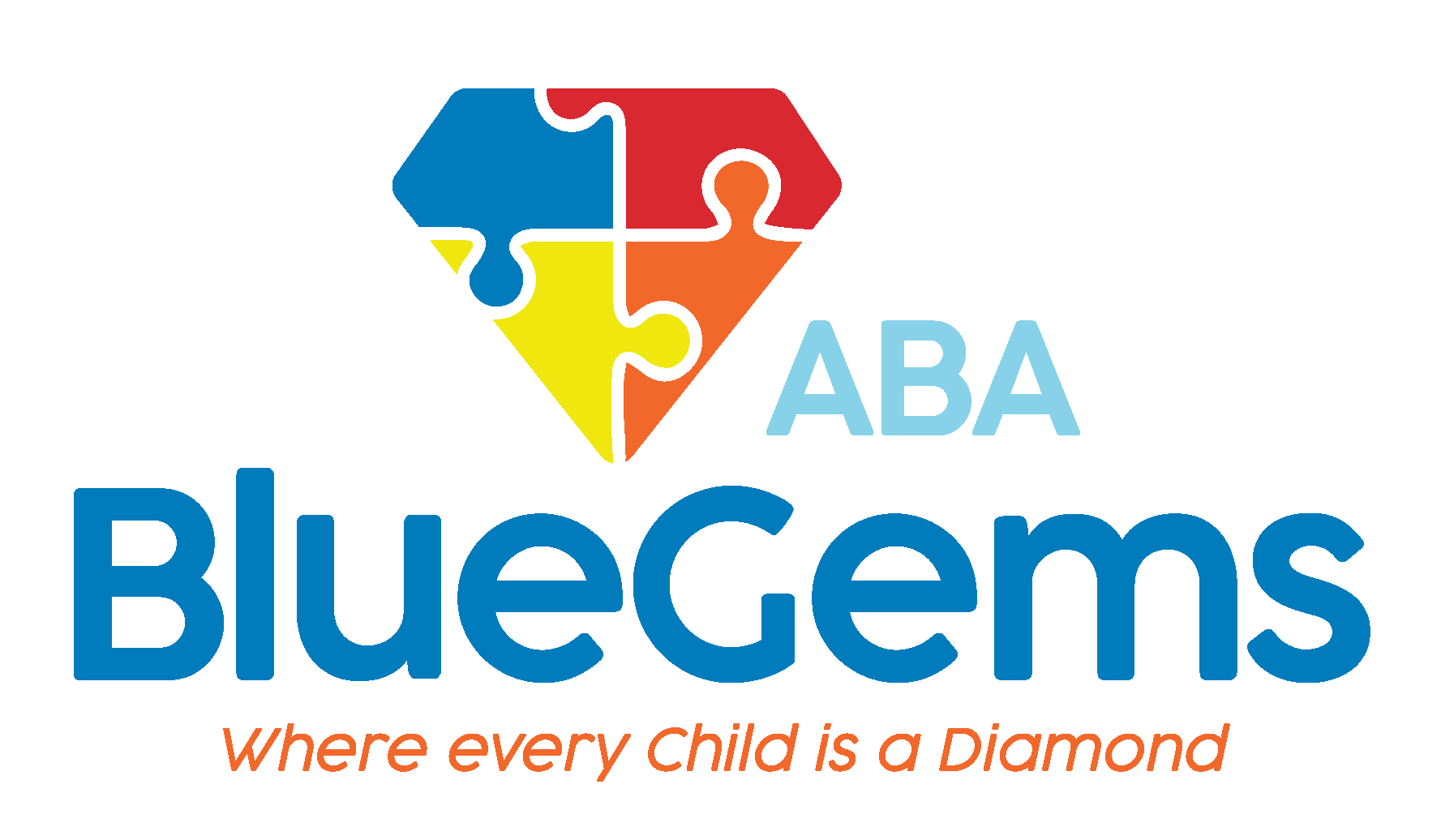Innovative Technologies Used in ABA Therapy
Emerging technologies are having an immense effect on life today, altering how we work, play and interact with others. New tools are hitting the market seemingly every day, some of which are completely changing entire industries.
Thanks to the presence and availability of these innovative technologies, professionals are better able to deliver applied behavior analysis (ABA therapy) services to patients who have autism spectrum disorder (ASD). This includes things such as better data collection and analysis methods, augmented reality (AR) and virtual reality (VR), wearable devices, and even machine learning (ML) and artificial intelligence (AI).
Below, we’ll discuss some of the ways in which innovative technologies are being used in ABA therapy today to improve patient interactions, services delivered and outcomes.
Table Of Contents
AR and VR
Many people with autism struggle adjusting to new environments, especially those in which there are a lot of people they don’t know and sensory stimuli they may not have encountered before. This can provide challenges when therapists try to expose their patients to new environments to have them apply some of the skills they learned in ABA therapy sessions to real-world situations.
With AR and VR technologies, therapists can now provide their patients with this critical exposure in a more controlled and simulated environment. Instead of venturing out to foreign environments, children with autism can wear VR headsets and practice navigating certain real-world situations.
This could include a trip to the grocery store, a formal education classroom and other common situations in which they would engage in social interactions with others. These simulated environments help children on the autism spectrum feel safe as they explore, since there won’t be any possible negative repercussions if they get overwhelmed.
Wearable Devices and Mobile Apps
There are other technological devices that children with ASD can wear that can help in the administration of their ABA therapy. Smartwatches, for example, can track things such as stress levels, sleep, heart rhythm and steps.
Therapists can easily export that information from the smartwatch so they can analyze the data. This could help them identify how the child moves, if there are any dips or spikes in activity in their day — all of which could be used to chart behavioral patterns the child may be displaying, enabling them to respond with support.
There are plenty of mobile applications available for ABA therapists to use when they are trying to teach their patients different habits or routines. These apps are essentially new teaching tools they can use when they are helping children to learn basic hygiene, such as how to properly wash their hands or birth their teeth.
The apps may provide fun descriptions, animations and cartoons that serve as models the children can follow. These fun videos are engaging to the children, and also serve as a great teaching tool at the same time.
Some good apps for children with autism include …
- ABC Kids – Google Play | Apple App Store
- Pokemon Smile – Google Play | Apple App Store
- Starfall – Google Play | Apple App Store
- Speech Blubs – Google Play | Apple App Store
- Proloquo2Go – Apple App Store
- Bitsboard Flashcards PRO – Apple App Store
- Autism iHelp – Apple App Store
- 3D Brain – Apple App Store
- EduKitchen – Google Play | Apple App Store
- MITA – Google Play | Apple App Store
- Jade Autism – Google Play | Apple App Store
Smartphones, laptops and tablets can all also be used to deliver telehealth support if in-person sessions don’t work for a certain day for whatever reason, or to provide extra drop-in services if needed.

Data Collection
A major benefit of emerging technologies is the increased ease of data collection, which is a crucial aspect of ABA therapy. Data collection and analysis is a key component of tracking a child’s progress toward stated goals, and making adjustments when necessary to the treatment plan.
In the past, therapists would have to do all of this data collection manually. They needed to write down notes as sessions were going on, then later organize that data, chart it out and make further notes on paper after sessions were over.
That process looks a lot different today thanks to innovative technology. Therapists can very easily record data on digital devices in real-time today, and then have access to it from anywhere for further analysis later.
It’s much easier for therapists to get keen insights into the data, too, because of the technology.
ML and AI
Machine learning and artificial intelligence are two of the most advanced technologies today, and it’s even being used in ways for ABA therapy.
From the therapists’ aspect, these technologies are being integrated into the data analysis, allowing them to not only break down the data they have more effectively and efficiently, but also potentially predict where each individual child might need more help or what strategies might work for them better.
In some instances, robots can be used for interaction with children on the autism spectrum. These can provide them with a stimulating environment, helping them to engage with the environment more and, again, in a way that’s less intimidating and safer for them.
Blue Gems ABA Harnesses the Power of Technology in ABA Therapy
There are numerous ways in which innovative technologies are being used in ABA therapy today to help improve the delivery of services to children with autism.
At Blue Gems ABA, we are constantly searching for ways to integrate these technologies into what we do, helping us to interact with patients, deliver services and analyze data in much more effective and efficient ways.
To learn more, please contact us today.




